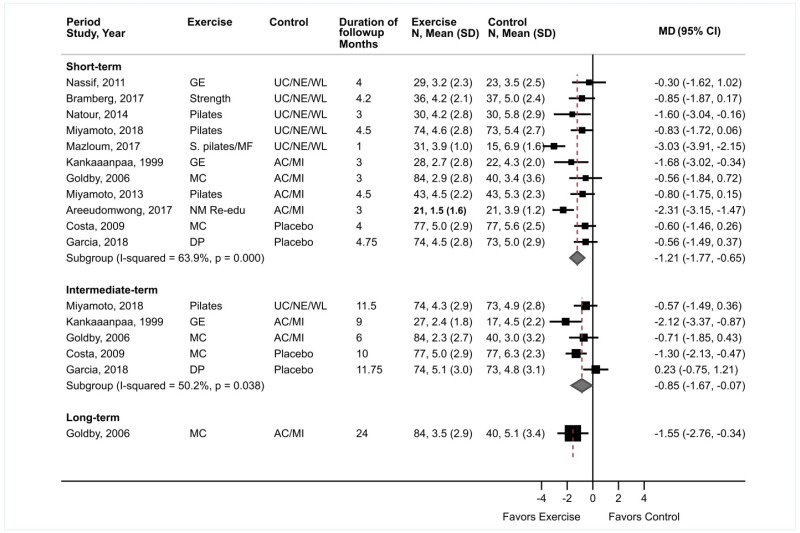From: Results

Noninvasive Nonpharmacological Treatment for Chronic Pain: A Systematic Review Update [Internet].
Comparative Effectiveness Review, No. 227.
Skelly AC, Chou R, Dettori JR, et al.
Rockville (MD): Agency for Healthcare Research and Quality (US); 2020 Apr.
NCBI Bookshelf. A service of the National Library of Medicine, National Institutes of Health.
